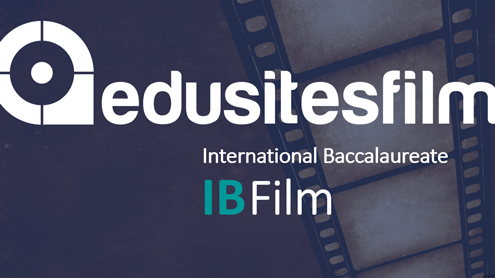So what do we need to do for students and teachers to perform brilliantly?
Our resources are a guide to producing critically autonomous students who gain a wide range of skills in the study of film and truly make the transition from film fan to film student.
Reading film
- Examine film as an art form, studying a broad range of film texts from a variety of cultural contexts and analysing how film elements combine to create meaning.
Contextualising film
- Explore the evolution of film across time and culture. Examine various areas of
- film focus in order to recognise the similarities and differences that exist between films from contrasting cultural contexts.
Assessment
- Textual analysis (max 1,750 words) of a prescribed film text based on a chosen extract (max 5 mins), and list of sources.
- Portfolio pages (max 9 pages: 3 pages per production role) and list of sources. A film reel (max 9 mins: 3 mins per production role, including 1 completed film).
Files you will need for your lessons
Each Edusites Unit has the following materials for learning:
- A Teacher Plan (Scheme of Learning)
- Online Slides to be projected for the whole class to see
- A Student Workbook (can be cut and pasted from the online page into a booklet)
- Student Images/Tables (printable pdf files for making notes/tasks)
Unit 1: The Language of Film
Film Theory, History and Textual Analysis - click for resources
Content Overview
- Cultural Context
- Film Elements*
Assessment Overview
Which assessment objectives are covered in this unit?
Denotated with *- Cinematography*
- Critical Response and Reception
- Editing *
- Filmmakers’ influences, intentions and vision*
- Genre, codes and conventions*
- Mise-en-Scene*
- Motifs, Symbols and Themes
- Narrative Structure*
- Sound*
Unit 2: Representation in Film
Film Theory, History and Textual Analysis - click for resources
Content Overview
- Cultural Context*
- Film Elements*
Assessment Overview
- Which assessment objectives are covered in this unit?
Denotated with *
- Cinematography*
- Critical Response and Reception
- Editing *
- Filmmakers’ influences, intentions and vision*
- Genre, codes and conventions*
- Mise-en-Scene*
- Motifs, Symbols and Themes*
- Narrative Structure*
- Sound
Unit 3: Audience and Spectatorship
Film Theory, History and Textual Analysis - click for resources
Content Overview
- Cultural Context*
- Film Elements*
Assessment Overview
Which assessment objectives are covered in this unit?
Denotated with *- Cinematography*
- Critical Response and Reception
- Editing *
- Filmmakers’ influences, intentions and vision*
- Genre, codes and conventions*
- Mise-en-Scene*
- Motifs, Symbols and Themes*
- Narrative Structure*
- Sound
